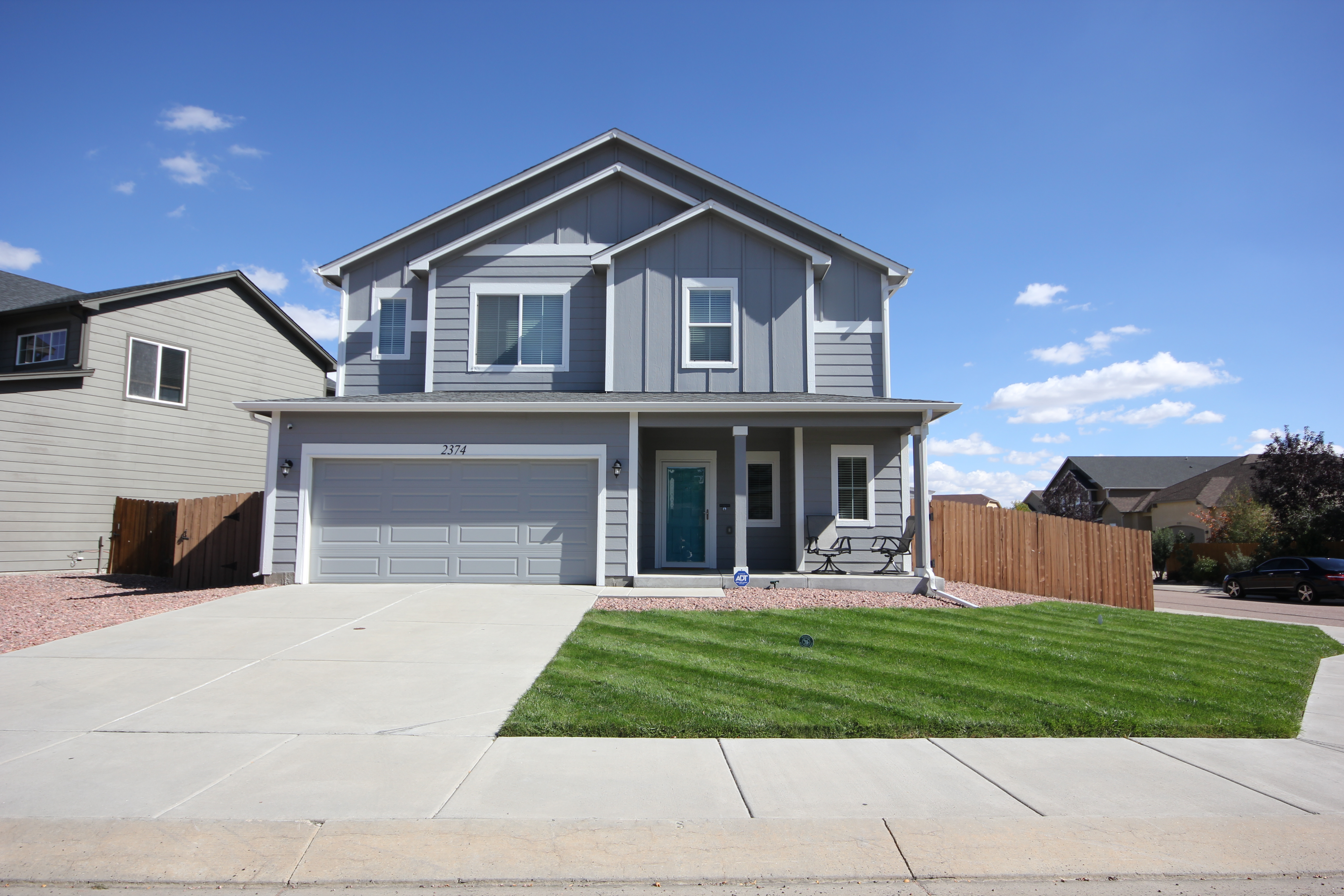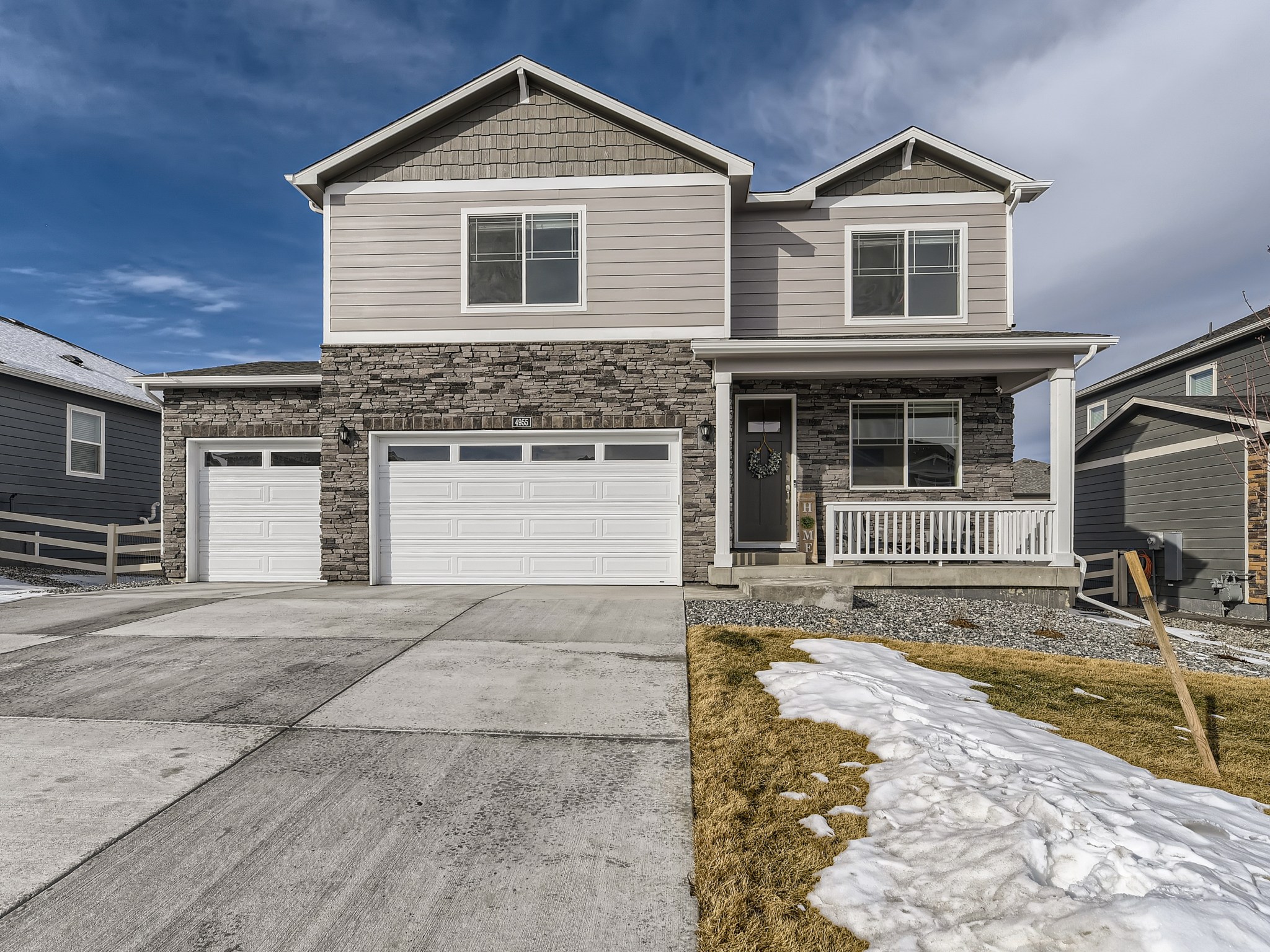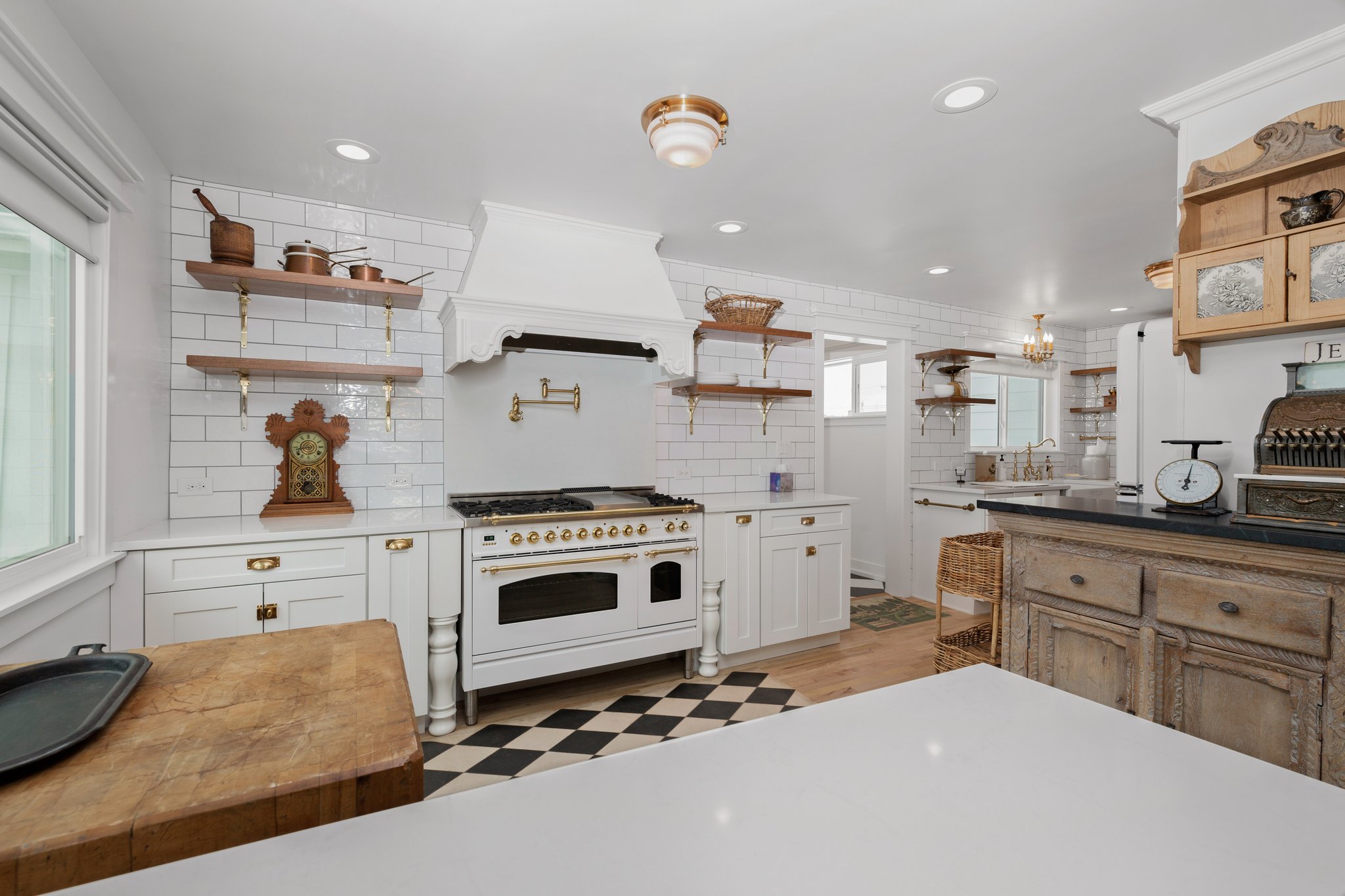Generally speaking, there are two ways to go about home improvements. You’re either going to splurge on your home because it’s your palace and you simply want a beautiful place to live, OR, you’re going to take a more logical, pragmatic approach designed to increase your home’s value.
Problem is, you’ll never achieve both. In fact, many homeowners expose themselves to the very problems they’re trying to avoid in the process of home fix-ups.
Take Carol and Tom Jenkins, who four years ago purchased a home for $190,000. Since buying their home, they’ve spent over $60,000 fixing it up and making it the “perfect” place to live. A few months ago, they put the home on the market at $270,000. The best offer they received was only $235,000.
Their mistake? Spending money on amenities and features that were ancillary to the value of the home.
Just because you spend $30,000 on the fix-up of your home doesn’t mean you’re going to get it out when you sell. It doesn’t automatically make your home worth $30,000 more. And that’s exactly why you need to know which fix-ups pay off big, and which ones will cost you potentially thousands of dollars.
Let’s take a look at the most common areas of fix-up…
Painting Your Home
Time and again, painting proves to be one of the most basic, yet most profitable of home fix-ups. There’s virtually nothing a coat of paint won’t fix, especially if you plan to sell your home within a few years.
According to the National Association of REALTORS, professionally painting the exterior of a home costs an average of $3,250, and recoups nearly 100% of its cost. But that’s not the profitable part of painting.
Studies also show that painting the exterior has a meaningful effect on reducing the time to sell. And reducing time to sell means you’re saving potentially thousands in interest, taxes, and other overhead costs required to maintain your home and mortgage during the “for sale” period.
Rather than spending money on less visible “infrastructure” issues of your home, you’re frequently better off fixing the cracked front steps and painting the entry and front door.
Kitchen Fix-Ups
Here’s an area that can mean serious profit when selling your home. Even small, basic improvements to your kitchen can pay big dividends. For most buyers, the kitchen is the heart of the home. And that means it has the greatest profit potential. Here are a few suggestions for improving your kitchen without investing tens of thousands in remodeling costs.
In the short term, consider changing floors, cabinets, and fixtures. Consider sanding, staining, or painting dingy looking cabinets. Replacing old cabinet hardware (a low-cost improvement) can make a huge difference in appearance.
Look at your counter tops and other surface areas that draw the eye. Also, look at the kitchen sink and fixtures. If they’re old and worn, replacing them with contemporary fixtures and a new sink can make a world of difference…not just in aesthetics, but in hard dollars.
In some cases, spending $4,000 on a cosmetically outdated kitchen can add as much as $15,000 in extra value of the home.
Adding New Space
Generally, improvements that increase the functional space of a home are good profit centers. For example, one homeowner had a storage area that was accessed from the outside, and bordered the laundry room. The homeowner knocked out the wall in the laundry room to the storage area, eliminated the outside door to the storage area, and added over 100 more square feet in storage and useable space, which is now accessed from the inside, not the outside.
The repair, which cost only about $1,500, increased the home value an estimated five times its cost to perform.
Converting an attic into a bedroom suite can instantly make your four bedroom home a five bedroom home, and a much greater value. Waterproofing and improving a basement for additional storage (a job that costs about $3,000) can recoup well over its cost once the house goes on the market.
Look around your home for areas that can easily be expanded, refurbished, and functionally added onto to increase the number of bedrooms, baths or useable square footage, and you’ve found a great profit center.
Enclosed Decks And Patios
Most outside improvements don’t fare well from a profit standpoint, but here’s a great way to increase the overall square footage of your home and its value. Consider installing a redwood deck or enclosed patio off a living area.
This not only increases the aesthetics of your home, but its usability.
Decks and patios can range in cost between $4,000 to well over $10,000, and in most cases recoup at least 90% of their cost in extra home value – especially if you’re going to be living in the home for a few years.
Adding An Extra Bathroom
According to a recent Remodeling Magazine’s survey, adding an extra bathroom will, in most cases, pay for itself. The average cost of a bathroom addition is about $15,000, which includes all the trimmings – marble vanity top, molded sink, ceramic bathtub and commode, and custom tiled shower.
Here’s another profit-pointer: a second bath to a home will add more value to a home than a third bath. And when adding baths, make sure you use skylights, windows, and other ways to bring in the natural light.
Replacing Windows And Doors
Even replacing windows and doors with energy-efficient models is generally a bad idea. According to the National Association of REALTORS, investments in windows and doors will return only about 36% to 53% of their cost, while $1,280 worth of caulking and insulation can return over 71%.
If your windows are old and leaking, however, you should replace them. Consider using standard size windows, rather than custom cut models. The savings in your utility bill might pay for them alone. “The minute you get into customizing windows, with fancy shapes, bays and bows you can’t see from the street, you’re throwing your money down the drain,” says William Eccleston, a broker in Coventry, R.I.
Standard, lower-priced, double-hung windows are usually your best bet. But all that depends on the neighborhood in which the home is located. In more pricey neighborhoods, buyers may spot windows and doors replaced “on the cheap.”
When people look at $150,000 homes, they ask, “Are those Thermopane?” When people look at $300,000 homes, they say, “Are those windows Anderson or Pella?”
Swimming Pools
Swimming pools have different value levels depending on what part of the country they’re located. The Sun Belt climates tend to place a larger value on pools simply because of the number of days they can be used out of the year.
But in either case, there’s generally little resale value. The main reason pools turn-off more buyers than they attract is that they require expensive, time-consuming upkeep. Running a close second is the fear of liability by having a pool. Pool accidents are a quick way to wind up in court as the subject of a negligence suit.
The verdict? Be very careful before you go spending money on a new pool. If you don’t live in the Sun Belt, you could end up losing tens of thousands of dollars when it comes time to sell your home.
Gardens, Walls, and Fences
Fancy gardens and extensive landscaping are generally another big loser. The same goes for big walls and fancy fences. Homeowners can spend tens of thousands on making the grounds of a home beautiful, but rarely get their money out. Why?
Because unless you’ve got a horticultural buyer looking at your home, most buyers look at the required time and money to maintain lavish landscaping. However, that’s not so say that your home shouldn’t have pleasing grounds. The same situation can work against you if your home is perceived as the “weak link” of the neighborhood because of its landscaping.
The secret is to make your landscaping compatible with other homes in your area. If that requires spending a little money, so be it. But don’t expect to get it out from the sale price.
Functional an Structural Improvements
Here’s a sad paradox: Many of the improvements that have the most value for you as a homeowner end up being the worst-performers as far as resale value is concerned. And usually those improvements are from a functional or structural standpoint.
For example, adding a new plumbing system, or putting in a new air conditioning system or furnace will definitely make your life in your home more comfortable, but they’ll fail to recoup their costs in added home value – again, unless you live there for some time.
Unfortunately, when certain functional items fail, you have no choice but to fix them. This includes water heaters, HVAC units, plumbing, and foundational problems. But be careful where you spend your hard-earned dollars. As the saying goes, “If it ain’t broken, don’t fix it.”








